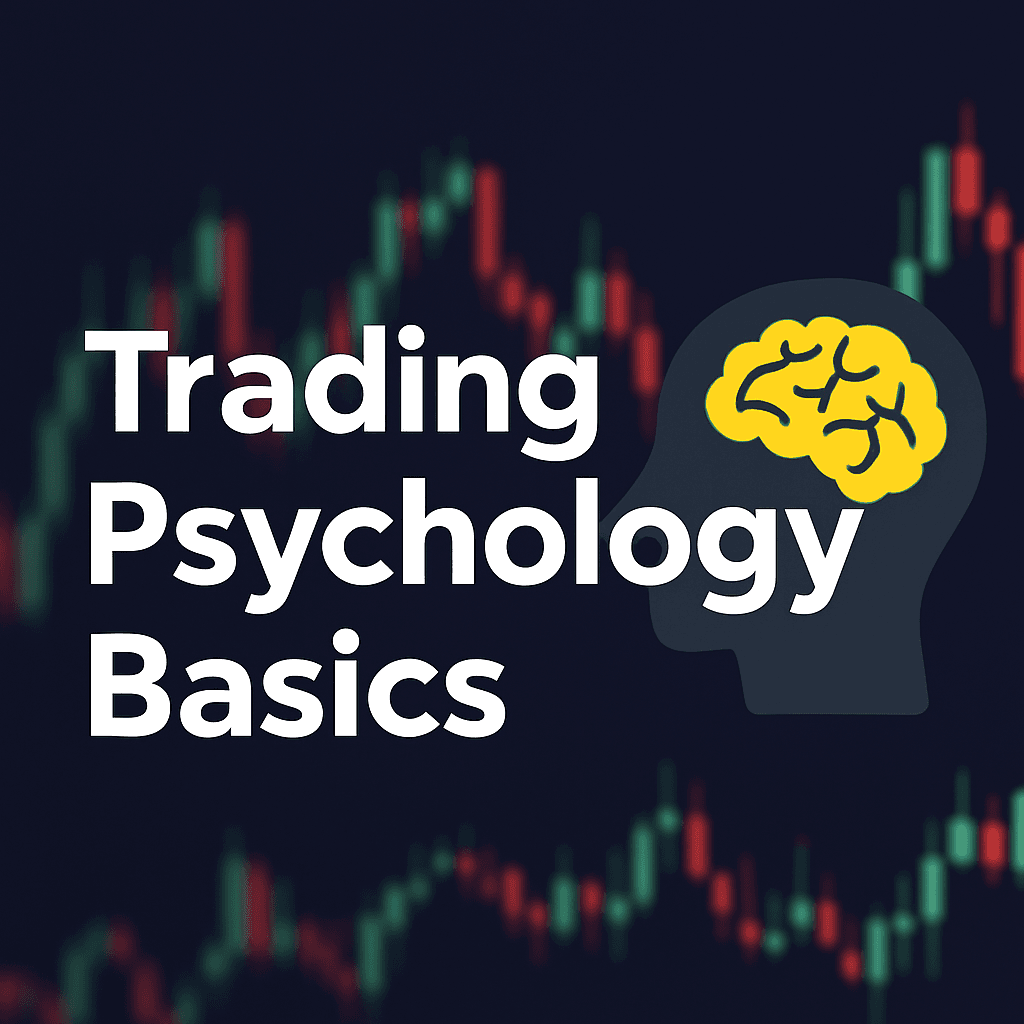Your first step to reading the markets like a pro
If you're new to trading, candlestick charts might look confusing at first. But once you understand how they work, they become one of the most powerful tools for reading price action and spotting potential trades.
In this guide, we’ll break down the parts of a candlestick, explain how to interpret them, and show why they matter for both beginners and experienced traders.
🕯️ What Is a Candlestick Chart?
A candlestick chart is a type of price chart used in technical analysis that shows the high, low, open, and close prices for a specific time period.
Each “candlestick” on the chart represents one unit of time — such as 1 minute, 1 hour, 1 day, etc.
🔍 Anatomy of a Candle
Every candle is made up of two main parts:
- The Body: Shows the open and close prices.
- The Wicks (or Shadows): Extend above and below the body to show the high and low prices.
The color of the candle tells you if price went up or down:
- 🟢 Green/Bullish Candle: Close is higher than open.
- 🔴 Red/Bearish Candle: Close is lower than open.
📈 Why Candlesticks Matter
Candlestick charts let you quickly spot patterns in price movement — things like momentum, reversals, and indecision.
Compared to line or bar charts, candlesticks give more visual context for:
- Market sentiment
- Trend strength
- Key reversal zones
💡 Common Candlestick Signals
Here are a few basic signals traders often watch for:
- Doji – Price opens and closes at the same level, showing indecision.
- Engulfing Candle – A large candle fully wraps the previous one, often signaling reversal.
- Hammer / Inverted Hammer – Long wicks show rejection of lower or higher prices.
These individual candles become even more powerful when combined with trendlines, support/resistance, or indicators.
🧠 Candlesticks in Context
One candle means little on its own. But groups of candles tell a story:
- Are buyers gaining control?
- Are sellers rejecting higher prices?
- Is price consolidating or expanding?
By reading price action, you can make smarter trading decisions without relying solely on lagging indicators.
🚀 Final Thoughts
Understanding candlesticks is the first skill every trader should master. They're universal, timeless, and work across all markets — stocks, crypto, forex, futures.
Ready to level up?
Check out my other posts on support/resistance, liquidity, and chart patterns to deepen your skills.
Want More Trading Education?
📩 Sign up or follow me on TradingView to get notified when I publish new tools and posts.
Trade smart,
– PatrickWS



